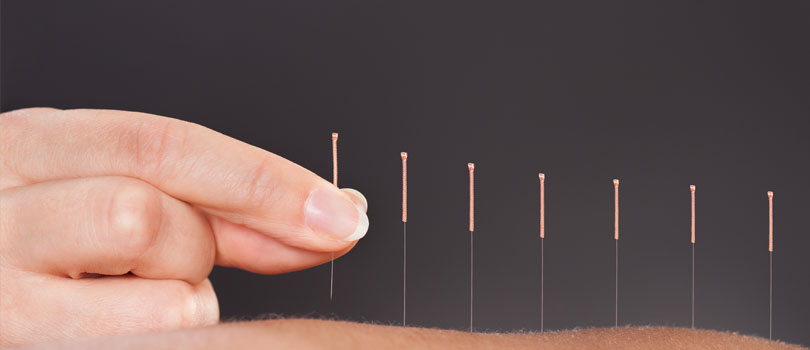Treatments
Treatments
- Physiotherapy
- Osteopathy
- Sports Therapy
- Shockwave Therapy
- High Intensity Laser
- Deep-Tissue Massage
- Rehabilitation & Injury Prevention
- Reformer Pilates
- Dynamometer Testing
- Electrotherapy
- Dry Needling
- Kinesiology Taping
- Sports Massage
- Trigger-Point Therapy
- Corporate Treatments
- Relaxation Massage
- Sports Nutrition
- Lymphatic Massage
- Cranial Sacral Therapy
Quick Contact
- 01403 598017
- 07795 983870
- [email protected]

Dry Needling
Dry needling is a therapeutic technique gaining popularity in the realm of physical therapy and sports medicine. Rooted in the principles of traditional acupuncture, dry needling involves the insertion of fine, sterile needles into specific trigger points within muscles, tendons, or connective tissues. Unlike acupuncture, which follows traditional Chinese medicine principles to rebalance the flow of energy or Qi, dry needling aims to alleviate pain and promote healing through the release of tension and muscle knots.
How Dry Needling Can Help Injuries:
Dry needling has shown promising results in addressing various injuries and musculoskeletal conditions. By targeting trigger points, practitioners seek to release tight bands of muscle fibres, known as knots or myofascial trigger points. This release can lead to increased blood flow to the injured area, improved oxygen and nutrient supply, and reduced inflammation.
-
Pain Relief: One of the primary benefits of dry needling is its ability to provide effective pain relief. By releasing tension and reducing muscle spasms, patients often experience significant pain reduction in the treated areas.
-
Improved Range of Motion: Restricted range of motion caused by tight muscles can hinder recovery and daily activities. Dry needling can help increase flexibility and restore normal movement patterns, promoting faster rehabilitation.
-
Enhanced Healing: The increased blood flow and improved circulation induced by dry needling can accelerate the body's natural healing process. This is particularly beneficial for soft tissue injuries, such as strains and sprains.
Benefits Over Other Treatments:
Dry needling offers several advantages compared to other conventional treatments for injuries:
-
Targeted Approach: Unlike some general treatments, dry needling precisely targets problem areas. This focused approach ensures that the treatment addresses the root cause of the injury, providing more effective and lasting results.
-
Minimally Invasive: Dry needling involves the use of thin needles, making it minimally invasive and generally well-tolerated by patients. It avoids the use of medications, which can have side effects in some cases.
-
Complementary to Other Therapies: Dry needling can be seamlessly integrated with other rehabilitation techniques, such as physiotherapy exercises and manual therapy. This combination often enhances the overall effectiveness of the treatment plan.
-
Quicker Recovery: Many patients experience faster recovery times with dry needling compared to conventional therapies. This can mean a quicker return to work, sports, or daily activities, reducing the impact of the injury on the patient's life.
In conclusion, dry needling is an effective and targeted approach to address injuries and musculoskeletal conditions. By releasing muscle tension, reducing pain, and promoting healing, it offers significant advantages over other treatments. If you're suffering from a sports injury or musculoskeletal issue, why not talk to a member of our team to find out whether dry needling might be a good option for you.
